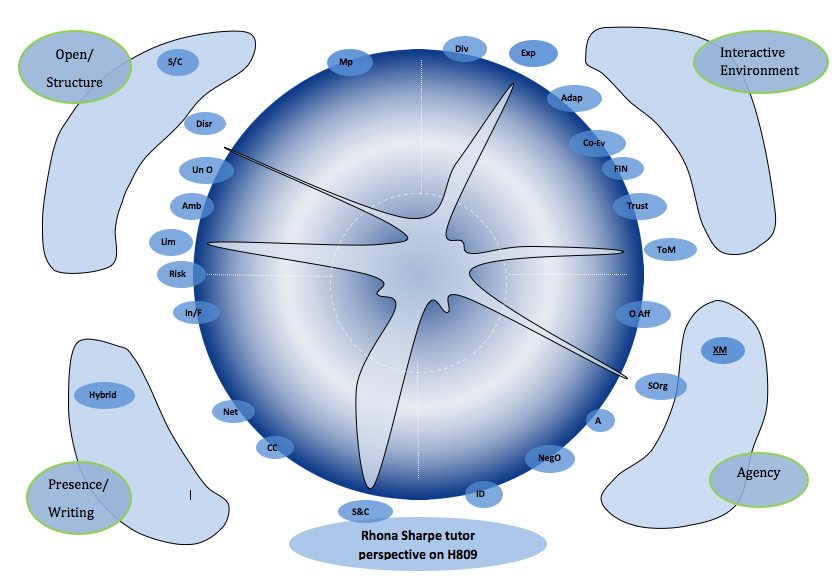Scott - I'll be interested to hear how others respond to these interesting comments. There's a lot here I could respond to, but I'll start with this:
It makes sense to me that humans would seek order (things that work) over chaos.
Yes - it makes sense to me too, although I think course designers might intentionally try and push learners into chaos, or at least into challenging zones of learning. This is depicted by this footprint of an open university post-graduate course in education (http://footprints-of-emergence.wikispaces.com/H809+OU+course)

This visualisation shows that the course design is a mixture of very prescriptive - controlled as you have called it (points towards the centre of the circle), combined with pushing learners to the edge of chaos, i.e. very challenging learning, towards the outer edges of the circle.
This may not make sense now, but we will be discussing these visualisations (Footprints), what they mean, and how to draw them, in our second webinar. They do raise all the issues you have mentioned.
If you can't wait for the webinar, we have an open wiki where we share further information. See http://footprints-of-emergence.wikispaces.com/